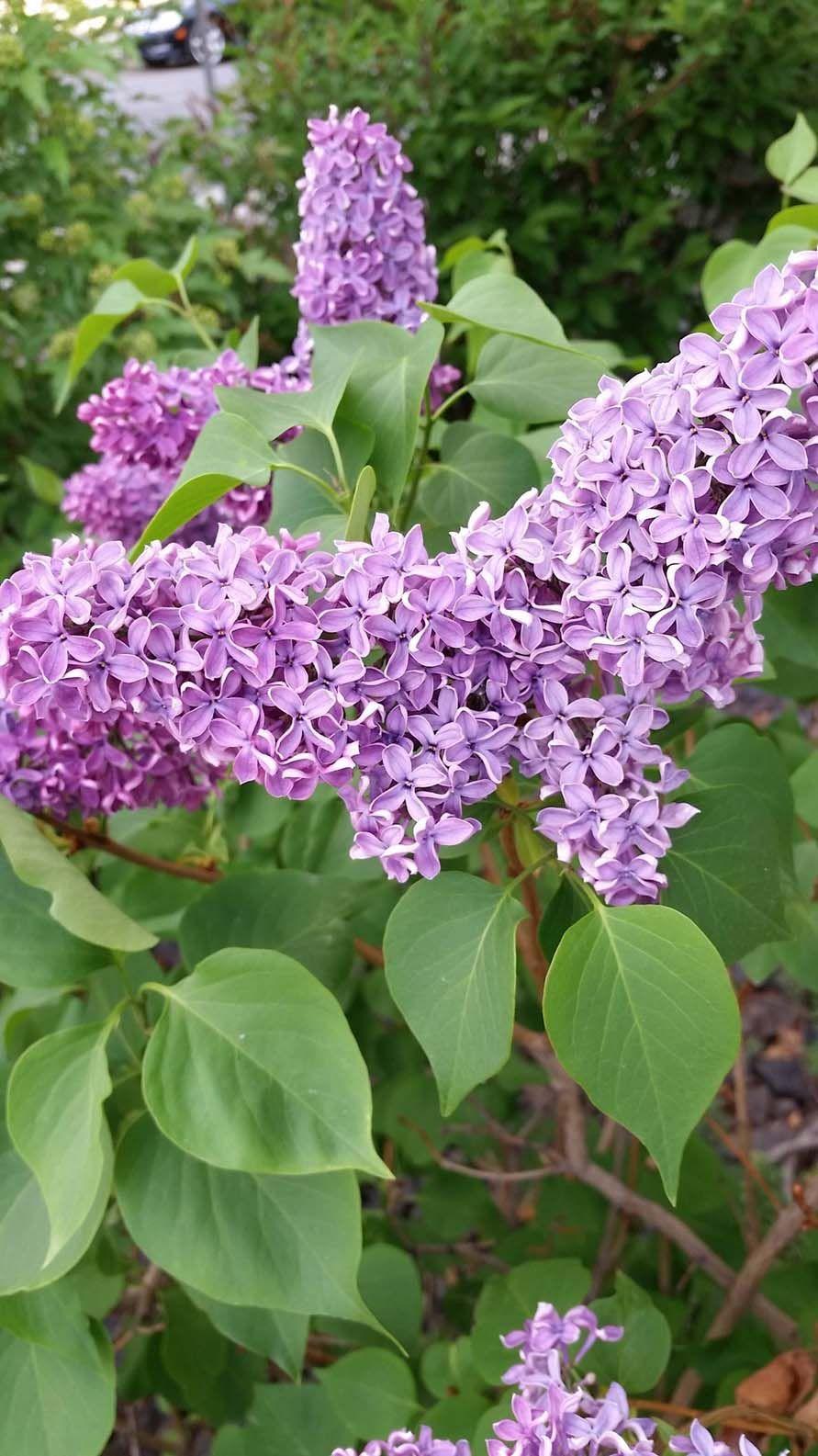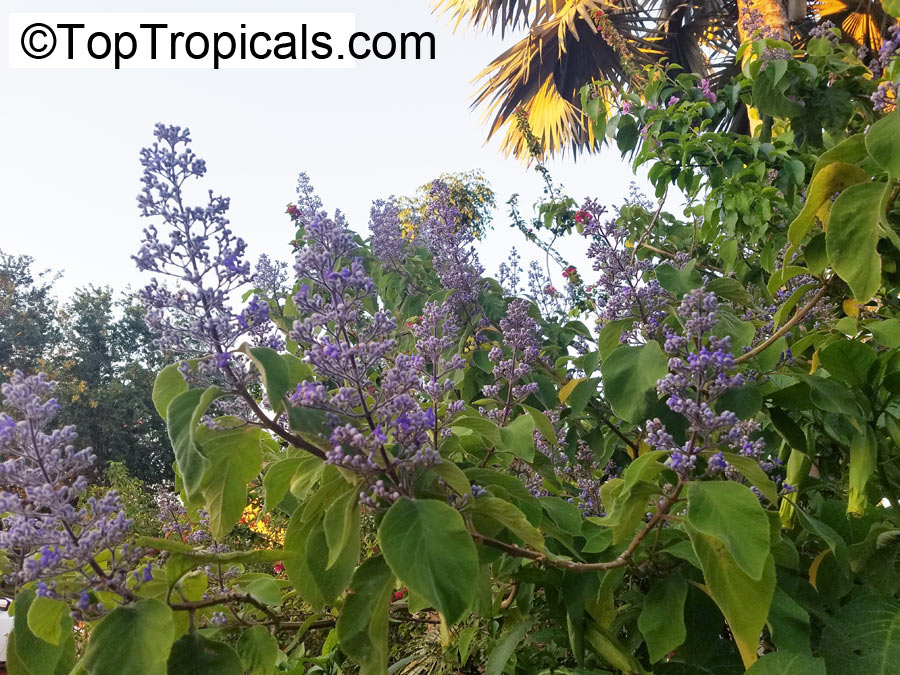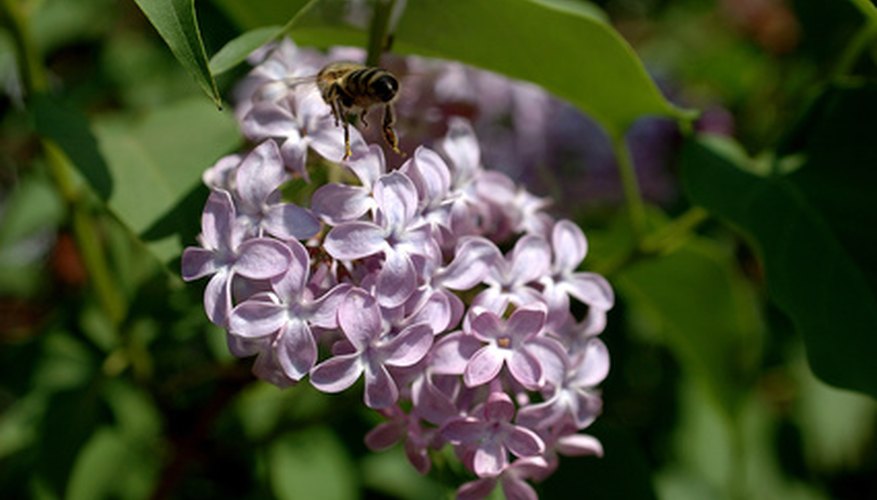
Southeast Florida Garden Evolvement Another Fragrant Plant in My
The jacaranda tree is a stunning tropical Florida tree with attractive purple blossoms, dark, pinnately compound leaves, and unusually-shaped woody seed pods. The eye-catching tree blossoms with dangling trumpet-shaped lilac flowers that bloom from late spring through August. The fern-like foliage is ideal for dappled shade throughout the year.

This is the lilac I've been growing in Florida that I was able to bloom
Emerald Goddess Gardens CORNUTIA GRANDIFLORA Tropical Jamaican Lilac Live Plant Bush Showy Purple Lavender Bloom Fragrant Leaves Starter Size Pot Emerald R - Cornutia grandiflora is a lesser-known, large growing, flowering tropical shrub that is native to Costa Rica. It matures as a large upright shrub with large, fragrant, velvet-textured, sage green foliage and unusual square-shaped stems.

Southeast Florida Garden Evolvement Here they came together again!
Common name: West Indian lilac Other common names: Florida lilac, Lancepod, Licac tree, Tropical lilac.. Grows naturally in moderately humid tropical lowland climates, generally frost-free areas with annual lows of 19 to 25°C annual highs of 28 to 35°C, annual rainfall of 800 to 1700 mm and a dry season of 3 to 7 months..

PlantFiles Pictures Jamaican Lilac, Jam Lilac, Tropical Lilac
This plant is said to grow outdoors in the following regions: Fort Lauderdale, Florida (2 reports) Fort Pierce, Florida. Jupiter, Florida. Melbourne, Florida. Merritt Island, Florida.

Growing the best lilacs you can in Interior Alaska Gardening
One lilac variety that can tolerate Florida's warmer temperatures is the cutleaf lilac (Syringa laciniata). This variety features fragrant pale lavender blooms and can thrive in USDA hardiness zones 7 to 9. It is a deciduous shrub that can grow up to 6 feet tall and wide, and requires full sun to partial shade..

Closeup of lilac plumeria blossom after tropical rain Stock Video
Depending on the kind, place multiple lilac bushes 5 to 15 feet apart. Apply a layer of compost under the plant each spring, followed by a layer of mulch to keep moisture in and weeds under control. If the weekly rainfall is less than 1 inch, water during the summer.

Lilac Crowned Amazon Parrot Taken at the Central Florida Z… Flickr
Chaste tree is known as Vitex Agnus-Costus and the cultivar called "Shoal Creek" is what we can get. Native to southern Europe and central Asia. Flowers are shaped like a lilac, is a purple color, very fragrant, and grows to 10-15' in this area. Perfect for zones 6-9 --- we're in zone 9. prefers loose, medium moisture, well-drained soils in.

Southeast Florida Garden Evolvement Another Fragrant Plant in My
Florida Tetrazygia, West Indian-lilac, Florida Clover Ash Melastomataceae. Also known as Tetrazygia bicolor. Plant Specifics. Form: Shrub: Size: 10-30 ft: Life Span: Long-lived perennial:. Pine rockland, tropical rockland hammock. Disturbed areas. Distribution and Planting Zones. Natural Range in Florida. USDA Zones. Suitable to grow in:

Cornutia grandifolia, Tropical Lilac, African Lilac, Jamaican Lilac
Syringa vulgaris, or what is known as the common lilac, is a popular plant that can grow up to 12 feet when provided the right atmosphere. However, Florida's hot and humid climate is conducive to growing lilacs. Besides, the plants won't survive in the southern and central parts of the State. Lilacs need a period of cold-induced dormancy so.

Late night local lilac dutchflowerline Florida plants, Flowers, Plants
West Indian Lilac Tetrazygia bicolor.. Simpson's stopper, is a native of hammocks of south Florida and Tropical America. This shrub or small tree grows to 20 feet tall. These native plants make a great hedge and are a low-maintenance alternative to the commonly used ficus hedge. Simpson's stopper's silvery gray to warm brown bark.

Closeup Of Lilac Plumeria Blossom Tropical Stock Footage SBV322834827
Cornutia grandifolia, or Tropical Lilac, is a large shrub with many intriguing features. It can grow to a height of 5-10 ft with velvety leaves that contrast delightfully with the fragrant blue and lavender colored flowers. The plant requires full sun or semi-shade position to thrive and needs moderate waterings, and makes an excellent display.

Cornutia grandifolia (Tropical Lilac) Richard Lyons Nursery, Inc.
The lilac vine should be planted in sandy, well-draining soil, requires moderate water and prefers partial shade in Florida's warmer areas. Increase water if the lilac vine begins to wilt. Chinese lilac (Syringa x chinensis) is hybrid that has been successful in zones 8 and 9b. This lilac is susceptible to powdery mildew and, in Florida, should.

CORNUTIA GRANDIFLORA Tropical Jamaican Lilac Live Plant Bush Showy
Syringa meyeri, Syringa pubescens subsp. patula, Syringa pubescens subsp. microphylla, Syringa x lacinita, Syringa x chinensis, Syringa reticulata. Prized for their wonderful fragrance, lilacs are a mainstay of the spring landscape in northern and colder climates. Easy to grow, tough as nails, deer resistant, and relatively free from major.

Lilac Plants for Florida Garden Guides
Miconia bicolor Florida Tetrazygia, West Indian-lilac, Florida Clover Ash Mimosa quadrivalvis Florida Sensitive Brier Mimosa strigillosa Sunshine Mimosa, Powderpuff. Neptunia pubescens Tropical Neptunia, Tropical Puff Nolina brittoniana Scrub Beargrass, Britton's Beargrass Nuphar advena Cowlily, Spatterdock

Pin on Florida highwaymen and tropical paintings
The best tropical plants for growing in Florida are suitable for USDA zones 9 to 11. Examples of excellent tropical Florida plants include cape honeysuckle, cape jasmine, bougainvillea, and Bolivian sunset. These tropical Florida flowering shrubs have spectacular blooms, tolerate drought, and thrive in all areas from the panhandle to the.

PlantFiles Pictures Jamaican Lilac, Jam Lilac, Tropical Lilac
Saltwater intrusion and tropical fruit crops. Recently, Dr. Schaffer's research has expanded to include the effects of salinity on tropical fruit crops. As a consequence of global climate change and rising ocean levels, salt water is expected to progress. inland in south Florida, increasing the salinity of the soil and irrigation water.